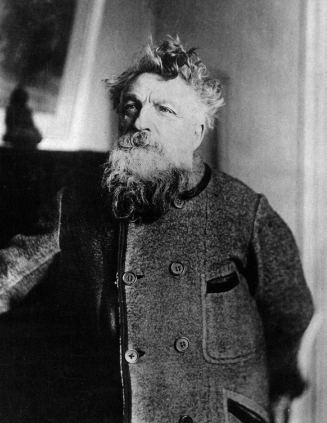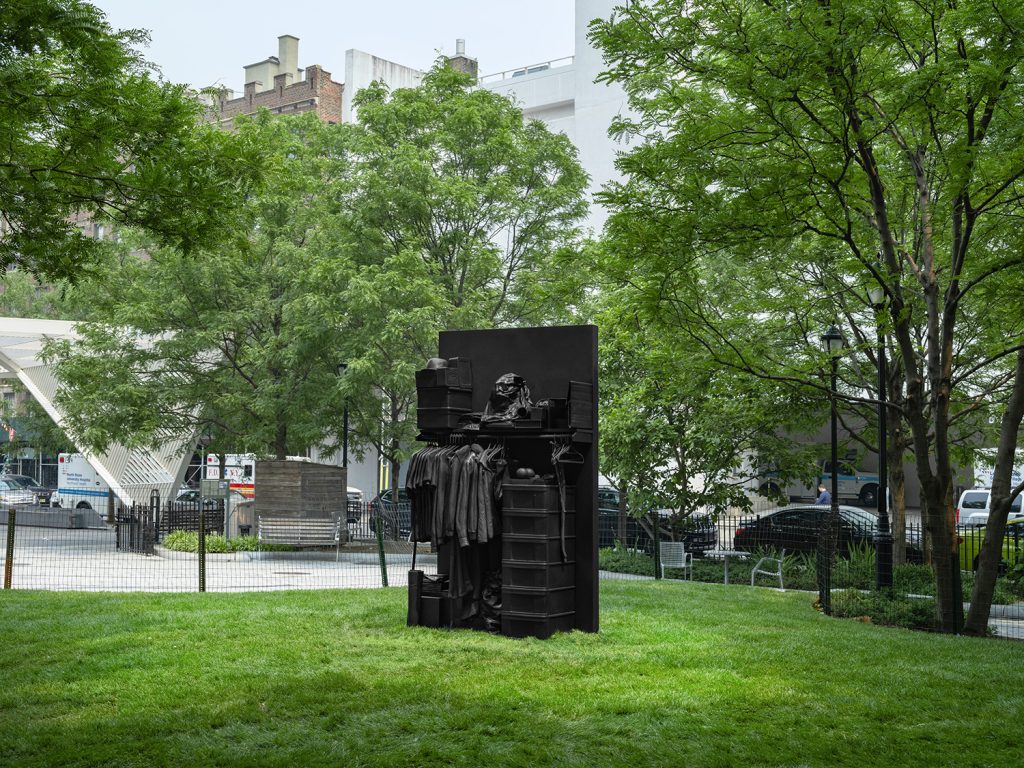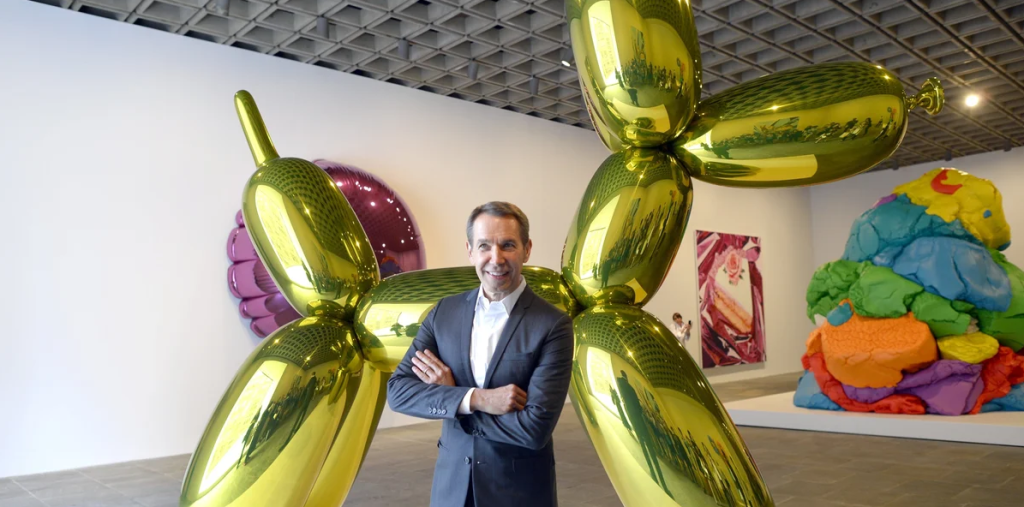The Master of Emotion: Exploring the Legacy of Auguste Rodin
Auguste Rodin was a groundbreaking French sculptor known for his ability to capture the intricacies of human emotion in his work. His sculptures not only transformed the landscape of modern art but also paved the way for a new understanding of the human experience. In this article, we’ll explore the key aspects of Rodin’s legacy and what makes him a master of emotion.
The Birth of Modern Sculpture
Rodin is often regarded as the father of modern sculpture due to his innovative techniques and unique approach to form. Unlike his predecessors, who adhered strictly to classical styles, Rodin embraced a more expressive and fluid approach. His famous works, such as “The Thinker” and “The Gates of Hell,” exhibit dynamic movement and emotional depth, illustrating not just the physical form but also the inner lives of his subjects. This pioneering spirit opened doors for future artists, allowing them to experiment more freely with their chosen mediums.
Capturing Emotion in Clay and Stone
One of Rodin’s most notable talents was his ability to evoke powerful emotions through seemingly simple shapes and textures. Rather than relying on idealized forms, he focused on the raw, organic qualities of materials like clay and marble. By doing so, he was able to convey the subtle nuances of human feelings, from despair to ecstasy. His works often feature unfinished surfaces, which invite viewers to engage intimately with the sculptures, sparking a sense of empathy and connection. This mastery of emotion has made Rodin’s pieces timeless, resonating with audiences across generations.
A Lasting Influence on the Art World
Rodin’s impact extends far beyond his lifetime. His revolutionary techniques influenced not only sculptors but also painters, architects, and other artists throughout the 20th century and beyond. The emphasis on individual expression and emotional honesty can be seen in various artistic movements, from Expressionism to Surrealism. Additionally, his focus on the human condition has served as an inspiration for literature and theater, solidifying his position as a pivotal figure in both the art world and broader culture.
Conclusion
Auguste Rodin’s legacy is a testament to the transformative power of art in expressing human emotion. His innovative techniques and profound understanding of the human spirit continue to inspire artists today. If you’re intrigued by the emotional depth of Rodin’s work, consider visiting a museum or gallery that features his sculptures, or dive into a book about his life and artistry. Engage with the master of emotion and discover how his creations continue to resonate with us.


